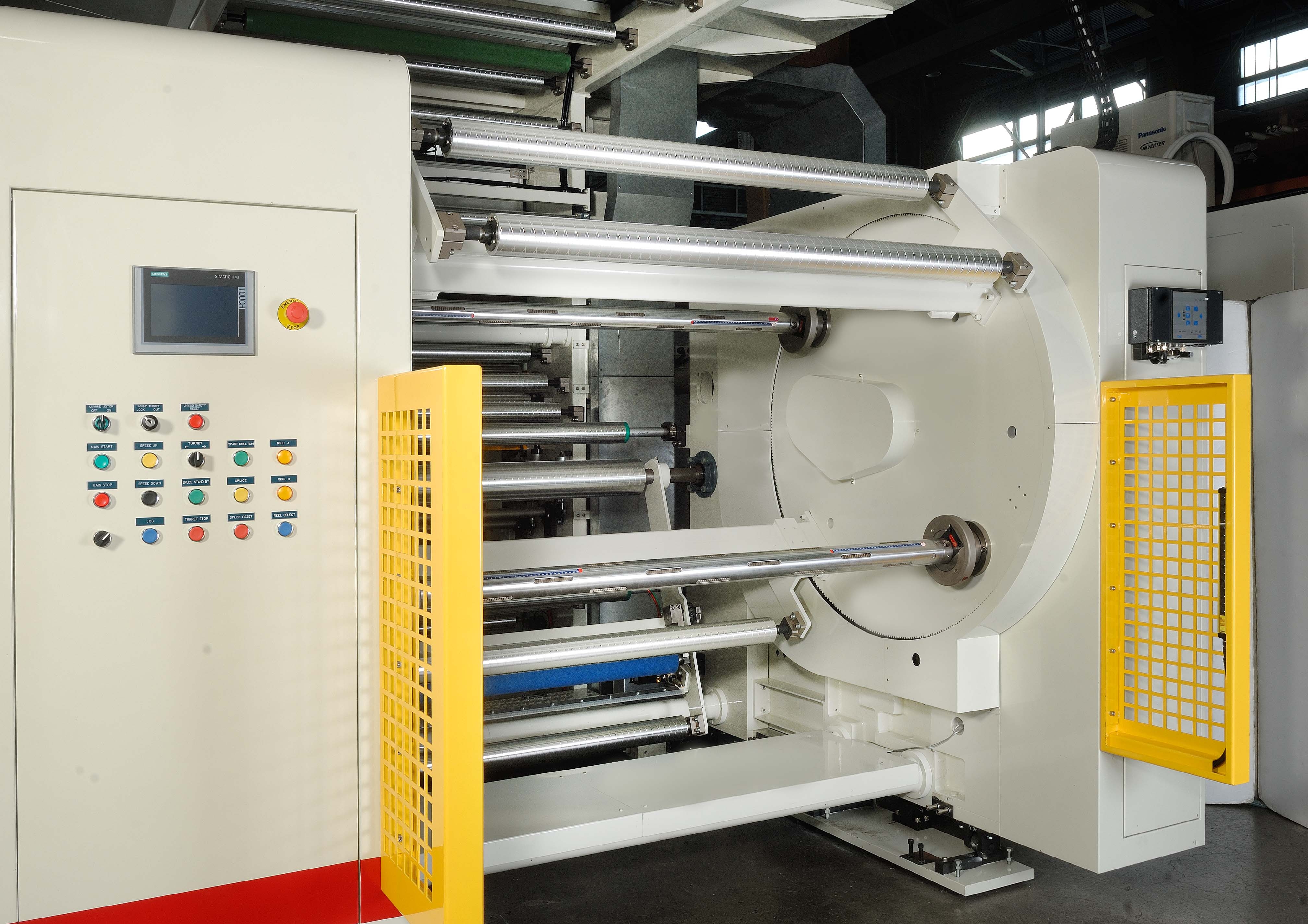Should I use a motor or brake for web tension control?

To help us make a decision of using a motor or brake for the tension control, we can first understand the pros and cons of each from 6 perspectives. Tension Precision, Cost, Maintenance, Installation, Torque Requirements and Energy Consumption.
Tension Precision – Motor can maintain a much more precise tension during acceleration when compared to brake systems. Therefore, when dealing with stretchable materials like BOPP or delicate materials like tissue paper, it is much more recommended to install motors.
Cost – Motors are significantly more expensive than the brake. Not only the component cost more, but the installation and service cost that comes with it is higher for the motor. When it comes to cost, brake has the advantage over motor.
Maintenance – The mechanism of brake is much more mature and stable on the market, therefore you can easily get someone to repair or maintain the brake system. However, when it comes to motor, drive and PLC’s are constantly upgrading. New maintenance staff may not be familiar with the older brands or software version installed on the motor and vice versa. Brake in general has the advantage over motor during maintenance.
Installation – The installation of motor is more complicated than the brake system. Motors generally require a gearbox. Brakes are easy to install, most often is directly mounted onto the end of the unwind or rewind shafts and bolt to the machine frame.
Torque Requirement – Brake can deliver a much wider torque range when compared to motor. The average torque rage capability of drive motor is about 25:1. Brake can easily deliver an average torque range of 180:1. Therefore, if your requirement is to work on multiple materials on the same machine, brake is the better choice.
Energy Consumption – At constant press speed, motor can dissipate energy as electricity when acting as a brake, and a brake system cannot. With all other things as equal, the overall energy consumption can be more economical if the system is able to utilize the motor generated electricity.
Overall, there is no absolute advantage of one system over the other. If your business is more cost orientated and would like to run multiple materials on one press, then the brake system may be more suitable for you. On the other hand, if your business needs to run materials that are more stretchable and delicate that require precise tension stability, then the motor will be your choice.
Relevant Reading
Tension Control – The Types of Motor and Brakes

Article by Daywey Chen, KYMC


























